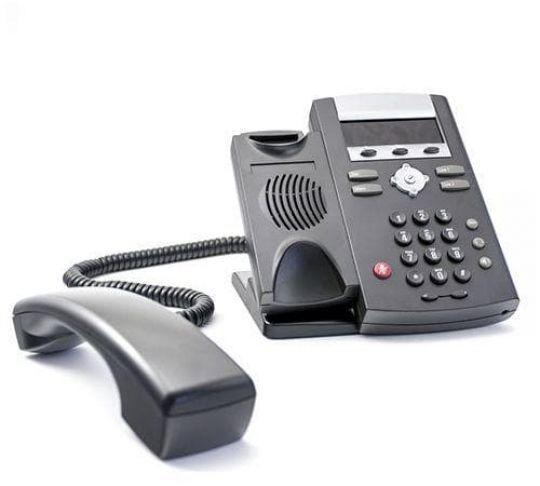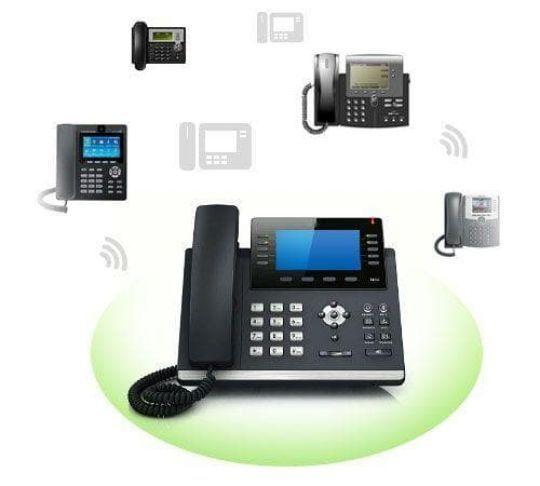
What Does SIP Trunking Accomplish?
SIP Trunking works in conjunction with your PBX to make for an affordable calling solution.
Some companies aren’t comfortable letting go of their current phone system, even though they still want to reap the benefits of Internet telephony. If you’re one of these companies, a SIP Trunking solution can let you have both.
SIP is short for “Session Initiation Protocol”, and it allows you to pack all data and voice connections into one, single line. Unfortunately, a SIP cannot function by itself. You still need an IP PBX to enjoy the features and functions of VoIP. With SIP Trunking, you can get VoIP connectivity without having to lose those customers who still want to talk via landline.
Technically speaking, SIP refers to a blending of data and voice connections into a single line. Instead of using both a phone network and a data network, you can use the Internet to transfer your voice and your data. SIP trunking uses your on-site PBX (the telephone switching system that you already have) to route the calls. But the difference in price comes from the consolidation of your connections and the increased efficiency that it brings.
In a nutshell, SIP Trunking gives you a kind-of universal phone line. It allows you to communicate with all the conveniences of modern VoIP technology. But at the same time, SIP Trunking also lets you stay in touch with anyone else who would still rather communicate over traditional phone networks.








